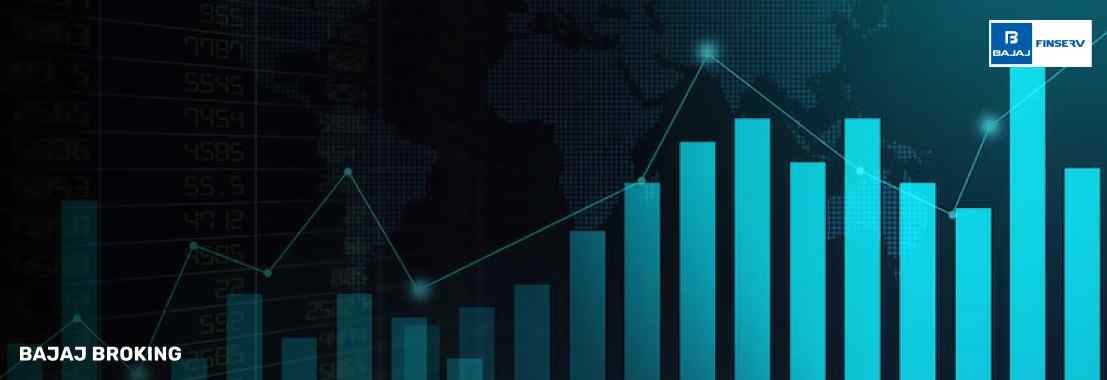Trading strategies can be puzzling—especially when we start adding in futures and options. One piece of the puzzle is reverse cash and carry arbitrage. The name may suggest complexity, but at its heart, it's simply about spotting a pricing discrepancy.
This can occur when the future contract of an asset is priced lower than its current spot price. The market calls this backwardation. In this case, you short the asset in the spot market and then purchase the asset back later through the futures contract, which is at a lesser price.
What makes this interesting is that it does not depend on whether prices rise or fall. The goal is to benefit from the difference between the two markets. As long as the income from the short sale is greater than the cost of buying the futures and covering related charges, the trade makes sense.
When the futures contract matures, you receive the asset and use it to settle your short position. The profit lies in the gap you locked in earlier.
Reverse Cash and Carry Arbitrage Examples
Let us walk through a simple example. Suppose a company’s stock is trading at ₹1,200 in the spot market. The one-month futures contract for the same stock is at ₹1,170. Carrying costs like interest and brokerage come to ₹5.
You short-sell the stock at ₹1,200 and buy the futures at ₹1,170. When the futures contract expires, you receive the stock and use it to close your short sale. The result? A ₹30 gap between spot and futures, minus ₹5 costs, leaving a ₹25 gain.
This is the essence of reverse cash and carry. You are not betting on where the price will go; you are simply using the gap to your advantage. Traders in the futures market often use such opportunities whenever backwardation appears.
Cash and Carry vs Reverse Cash and Carry
Both strategies are like mirror images of each other. The difference lies in whether the futures contract trades above or below the spot price.
In cash and carry arbitrage, you buy the asset in the spot market and sell its futures when futures are costlier. This usually happens in a contango market, where people expect prices to rise in the future.
In reverse cash and carry arbitrage, you do the opposite. You short-sell the asset in the spot market and buy the futures when they are priced lower. This is common during backwardation.
At the heart of both approaches is the same principle—using mismatches between spot and futures prices to lock in a gain.
Mechanisms of a Reverse Cash-and-Carry
The mechanism feels simple once you break it down. It begins with identifying backwardation, where the futures contract trades below the spot price. This price difference is the first indication that reverse cash and carry arbitrage could be a viable strategy.
Next, you short sell the asset in the spot market, while also entering into a future contract in the same asset. Over the course of the contract, the futures contract matures, and you receive delivery of the asset on the settlement date. At the time of the delivery, you can arrange to have the asset used to close out your short position and take the difference (less any costs).
While the process may sound mechanical, an appreciation of timing and costs incurred along the way is critical to understanding and performing the strategy. Any variation, even a small one, in the costs of brokerage and financing can cause the position to stop being attractive.
Conditions Required for Reverse Arbitrage
For reverse arbitrage to work, backwardation needs to exist. This happens when futures are priced lower than the spot. A few market conditions can create this gap.
One common cause is a decline in expected demand. If traders anticipate a decline in demand later, futures lose value as buyers step back.
Another factor is supply shortage. When the immediate supply of an asset is low, spot prices climb faster than futures. The futures market takes time to adjust.
Other reasons include seasonal demand, storage limits, or even geopolitical issues. All these can push the spot price above futures. Knowing these signals helps you decide when reverse cash and carry might be a practical strategy.
Additional Read: What is Commodity Arbitrage and How Does it Work?
Conclusion
Reverse cash and carry arbitrage is a structured way to use futures markets. It involves short-selling at the spot price and buying back through a lower futures contract. The idea is simple—use the pricing mismatch instead of predicting market trends.
Typically, this strategy is utilised in backwardation phases. When hedging a short position with a cheaper futures contract, you effectively lock in a gain. Most of your task is planning, cost calculation, and getting it all done in time.
For traders who usually work from an arbitrage-based methodology, a reverse cash and carry can be a useful strategy. It rewards discipline and patience more than trading speculation. If done correctly, it allows you to take advantage of extraordinary gaps in the market while controlling the risk.
Disclaimer: This article is for informational purposes only and does not constitute investment advice. Bajaj Broking Financial Services Ltd. (BFSL) makes no recommendations to buy or sell securities.





